"Those who do not learn history are doomed to repeat it."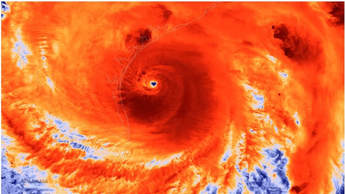 Photo credit: NASA Photo credit: NASA We all remember our 10th-grade history teacher trying to engrain this quote into our malleable young minds while teaching us the importance of the fall of Rome. At the time, it may have seemed like a tired cliché to our beautifully sophomoric brains, but in 2017, in the wake of Hurricane Harvey, it seems as if we may have finally learned our lesson—though, it seems like that every time. Before Hurricane Harvey's arrival, climatologists and meteorologists warned the Houston area of the destructive potential of a disastrous hurricane. Houston, Texas, finds itself in a pretty inopportune area regarding post-rainfall drainage. In fact, to put it into simpler terms, Houston is built on a swamp. Couple this with the fact that the heart of the city lies just miles away from the Gulf of Mexico, and it is easy to conclude that Houston is in continuous danger of catastrophic flooding. Despite numerous warnings regarding the danger of waterfront property in the greater Houston area, the city continued issuing building permits to people that yearned to live by the water. City officials had to look no further back in the history books than 2005 to identify a situation that could have provided a blueprint for how NOT to handle development in risky areas. Both Houston and New Orleans were built with the intention of becoming port cities. By the end of the 20th century, successful economies propelled both cities into becoming some of the largest of their type in America. This success led to booms in population in both areas, as well as unprecedented urban development. Both cities rank among the top 15 in the country by area (square miles). The demand for expansion led both cities to continue development into riskier and riskier areas. A majority of New Orleans lies anywhere from a few feet above to a few inches below sea level, Houston, on the other hand, plateaus at 80 feet above sea level. What was once considered the strength of Houston and New Orleans--proximity and ease of access to the sea—has become its weakness. The story of Hurricane Katrina can go without explanation. Despite going down as one of the worst national disasters in the United States history, it should have been a fantastic learning lesson for Houston. In a tweet from President Donald Trump, he explained that Houston was experiencing a "one-in-500-year flood", a notion that should be shocking based on semantics. This means that there is a 1–in-500 chance of a flood of this magnitude happening each year. But, when looking at the facts of the situation, the notion becomes terrifying. This storm resulted in the third "one-in-500-year flood" to happen in Houston in the past three years, meaning that the odds of this happening three times in three years is astronomically high. These floods are not supposed to be a common occurrence; therefore, we should not treat them as if they are. Just a week before Hurricane Harvey hit the greater Houston Area, President Trump repealed the Federal Flood Risk Management Standard set in place by Barack Obama. This standard required federal agencies to build structures at least above the hypothesized one-in-500-year flood estimates. Though the repeal of the standard should not be blamed for the destruction, it sets an inauspicious precedent. The mandate was set in place in response to historic flooding striking across America in recent years, according to the latest climate science.  In 2015, Texas Senator John Cornyn signed a letter that stated, "We continue to express serious concern regarding the vast implications the issuance of a new FFRMS (Federal Flood Risk Management Standard) would have on families and workers in communities along the coasts and inland waterways." The letter went on to address the cost of implementing the standard as the largest concern. Today, downtown Houston, home to at least ten federal buildings, can be found under feet of floodwater. Expected damage costs have been estimated to be around 10 billion dollars. This catastrophe is undoubtedly reminiscent of the Japanese Tsunami that stuck in 2011. The reason behind the similarities doesn't lie within the nature of the event; it lies within the ignored forewarning leading to the actual destruction. Scattered around Japan's coast, people have found stone pillars—some as high as 10 feet tall—warning future residents to "not build beyond this point". These monuments, dating as far back as 1611 a.d., warn of the dangers of building a home too close to the shoreline due to the ever-present threat of Tsunami in the South-Pacific Ocean. The Tsunami Stones, as they are known, indicated areas like Nokoriya, or "Valley of Survivors", and Namiwake, "Wave's Edge", that marked the furthest reaches of Japan's historically destructive Tsunami of 1611. These areas were said to be a safe haven for people looking to build homes out of the reach of massive tsunami waves. As years went on, these warnings were ignored, and development expanded to the coast, putting residents at high risk of Tsunami damage. In 2011, destruction hit as 28,000 people who lived along the coast of Japan lost their lives after a 9.0 magnitude earthquake struck in the Pacific, triggering a massive Tsunami. The Tsunami Stones received massive amounts of attention directly after the catastrophe, only to drift off back into obscurity as people continue to rebuild amidst the wreckage of the 2011 tsunami. Today we return to our 10th-grade history class with a chance to pay attention again. We live in a world where we are not only ignoring history—we are also ignoring science. We are missing all of the signs that point directly to the fact that our planet is changing. Storms are getting bigger, catastrophes are becoming more frequent, yet our memories are becoming shorter. The aftermath of Hurricane Katrina should have highlighted our government’s unpreparedness and the destruction it ultimately led to—but it didn't. Unfortunately, we must use Harvey as our newest learning experience. We cannot ignore facts. Our climate is changing, and the numbers say so. Sadly, if we continue down this path of ignorance regarding the mounting evidence of climate change, we may find ourselves in a conundrum where our government remains unprepared for disaster, despite the increased frequency of historically destructive storms. Please click below to donate to Hurricane Harvey Relief
2 Comments
By James FiskeIn our society of “I want it now,” we as 21st century citizens, certainly have a hard time waiting for things. Days feel like months, months like years, and years feel like an eternity. So imagine waiting nearly 100 years for something to happen—unthinkable. 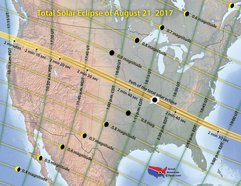 Well, think about this. Scientists and professional eclipse chasers have been waiting 99 years for August 21st, 2017. The reason for this unbelievably long wait lies within an astronomical phenomenon of a lifetime—a total solar eclipse. This particular eclipse has garnered so much attention in the past few years because of the specific path that this eclipse will be taking. For the first time since 1918, the path of the 2017 eclipse will track entirely across the United States of America. From Salem, Oregon to Jackson Hole, Wyoming—from Kansas City, Missouri to Charleston, South Carolina—the event will certainly be a sight for sore eyes. "Being headquartered in one of the areas where the moon and the sun are scheduled to intersect, we can tell you first hand that the hype levels are astronomical"
But, what happens if it’s cloudy? What happens if it rains? With our northern location and increasingly volatile weather patterns and climate, what happens if it snows? That last part is a bit of a joke but it is not meant to overshadow the extremely realistic possibility that in many of the locations that the U.S., the weather may prohibit you from seeing this once in a lifetime event. What happens if thousands of people are simultaneously disappointed by overcast skies? The unfortunate reality for many would be heartbreak. However—in the event of a cloudy eclipse—we have a few tips that could spare you the agony of finding yourself in such a precarious position. 1) Buckle Down and Mess with Your Exposure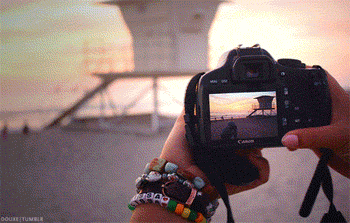 This one goes to all of the eclipse chasers with digital cameras. Mess around with your camera settings. A partly cloudy sky could paint a perfect foreground for your photo of the eclipse...if you have the right filter for your camera! Open up your aperture, slow down that shutter speed, and mess with your ISO. All of these settings can have drastic changes on your photo’s exposure so make sure to do plenty of practice runs before you put it to the test on August 21st. You only have 2 minutes during the eclipse to get that perfect shot, so you want to be prepared. For all of you non-photogs, that entire tip may have sounded like mashugana. Perhaps the next to may be of more use to you. 2) There's an App for that!Thanks to our Internet saviors over at Google and the brilliant minds at University of California-Berkley, we have been given an unbelievable simulation of exactly what the solar eclipse will look like. It is all part of the “Eclipse Megamovie 2017” which aims to give a realistic simulation of the total eclipse at any part of the country. This is a phenomenal resource to anybody looking to do a little research into exactly what to expect when it comes to the eclipse. It could also provide some type of miniscule consolation prize to a heartbroken eclipse chaser who just witnessed the astronomical event of the lifetime obstructed by overcast skies. “This is what is WOULD have looked like” says Dad to his family through teary eyes. We’d prefer this not happen to our wonderful audience so we advise you take our final piece of advice to heart. 3) Ride Like the Wind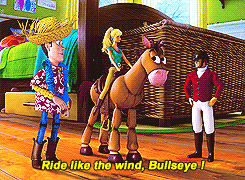 You drive. And you drive fast. (Stay within the speed limit of course!). Just remember, the shadow of the eclipse can move upwards of 2,900 miles per hour, so unless you have a Lockheed Blackbird which is capable of traveling at Mach 3 speeds, you aren’t going to outrun it. The key to this plan is days of preparation. Make sure to check weather reports in your days approaching the eclipse. If you’re a day out from the eclipse and notice that your weatherman is telling you “Mostly cloudy with a chance of rain”. It’s up to you to make a call and travel to a town where the weather may be more fortuitous. You’d be amazed at how far 24 hours of driving could get you. According to THIS MAP by www.ncei.noaa.gov, the Mountain West has the lowest chance for clouds among the entire nation in august based on historical weather reports. The pocket in particular with the lowest chance of overcast skies can be found from Rexburg, Idaho to Cheyenne, Wyoming, so we formally invite you to come watch the eclipse with us! We look forward to seeing you in Grand Teton National Park on August 21st as we take advantage of the beautiful phenomenon that the solar system has blessed us with.
By Tara Ramsey Jackson Hole Wild hosted the premiere of Toxic Puzzle - Hunt for the Hidden Killer, a documentary which follows ethnobotanist Dr. Paul Cox on his journey to discover whether a compound in algae blooms is causing the epidemic increase of neurodegenerative diseases such as ALS, Alzheimer's and Parkinson's worldwide. It was an amazing event. Narrator Harrison Ford was in the house, as was the film’s award-winning director, Bo Landin. After seeing the film, however, it was apparent that the true heroes in the room were Dr. Paul Cox and his team of brilliant scientists. The Jackson Hole Wild intern crew on the red carpet with the fabulous Dr. Paul Cox In his quest to find what is causing increased occurrences of ALS, Dr. Cox has traveled around the world, to many places plagued by toxic algal blooms, noticing that from Lake Erie to the Gulf of Mexico, Sweden to Australia, there is a link between the toxic amino acid β-Methylamino-L-alanine (BMAA), which is found in cyanobacteria prevalent in algal blooms, and neurodegenerative diseases. This is a groundbreaking discovery, as it was previously believed that these types of diseases were entirely genetic, not environmental. It is also a very disturbing one: in this day in age, green, goopy algal blooms are becoming a common occurrence. Just this month, Henry Lake in Eastern Idaho, a popular fishing spot for locals, was found to be contaminated with toxic blue-green algae. These blooms are a result of nutrient pollution from farms, water treatment plants and urban developments which runs into bodies of water. High levels of nitrogen and phosphorous from fertilizers and other pollutants in warm water creates the perfect environment for algae to bloom in excess, poisoning vital waterways with cyanobacteria and BMAA. These blooms occur in both fresh and salt waters and they devastate marine ecosystems. When the algae dies, it depletes the dissolved oxygen from the water which causes hypoxia, or dead zones, where fish literally suffocate from lack of oxygen. Of course, this devastation is not felt by marine ecosystems alone. What was once seen as solely an environmental issue is now also a public health problem. A particularly dramatic example of this is when a toxic algae bloom in Lake Erie rendered the tap water in the city of Toledo poisonous for several days in 2014. We can come into contact with cyanobacteria in the water we drink, where we swim and in the seafood that we consume, especially in shellfish. We may even be exposed to it in the form of health supplements such as blue-green algae tablets and the spirulina powder found in your favorite green smoothie! This came as a shock to me as I watched the film. Are you kidding me!? I nearly blurted out in the theater. I used to take blue-green algae tablets with my morning coffee, internally praising myself for being health conscious! I felt betrayed by my “Green Machine” Naked Juice. After the event I did some further research on this topic and I found that while these products are largely not regulated for BMAA levels, studies are beginning to be done on the issue. I learned that pure spirulina does not naturally contain BMAA, it is the potential for cross-contamination with other forms of blue-green algae that makes it dangerous. In a 2015 study, scientists found that 14 out of 39 products contained BMAA, and most of these products are not tested for the compound before they hit the market. So until these products are routinely regulated for BMAA contamination, you are taking a gamble with your green smoothie. Dr. Cox does not recommend any sort of blue-green algae supplements, and if there is anyone I trust on the issue, it is him. Fortunately, there are some foods that Dr. Cox highly recommends that may prevent ALS as well as combat the disease in patients who have already been diagnosed. In his travels, Dr. Cox not only visited places hit by harmful algal blooms, he also visited a population where there are almost no instances of neurodegenerative diseases: Ogimi, Japan. Cox spent time with people in their late nineties and early hundreds who are still active, dancing, farming, diving and living rich and healthy lifestyles. Cox turned to their diet to find clues as to how this group of people has avoided the onslaught of dementia, Alzheimer's and other neurological diseases that are rampant at their age in other parts of the world. What he found was a diet very high in an amino acid called L-serine. Walking through a local market in Ogimi, Cox exclaimed, “It looks like an agricultural market, but what I see here is a pharmacy of neuro-protection.” Some foods that are high in L-Serine include soy products, seaweed and sweet potatoes, as well as eggs, seeds and dairy products.
Thanks to Dr. Cox’s research, L-Serine is now being clinically tested as treatment for patients with ALS and other deadly neurological disorders, offering real hope to those who are afflicted by these killer diseases. If you want to learn more about Dr. Cox and his work, particularly if you or your loved ones have been affected by the diseases mentioned in this post, Toxic Puzzle - Hunt for the Hidden Killer is a must see. |
Archives
March 2024
Categories
All
|
Contact UsJackson Wild
240 S. Glenwood, Suite 102 PO Box 3940 Jackson, WY 83001 307-200-3286 info@jacksonwild.org |


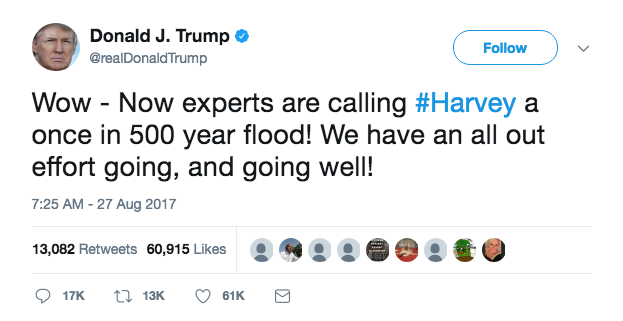
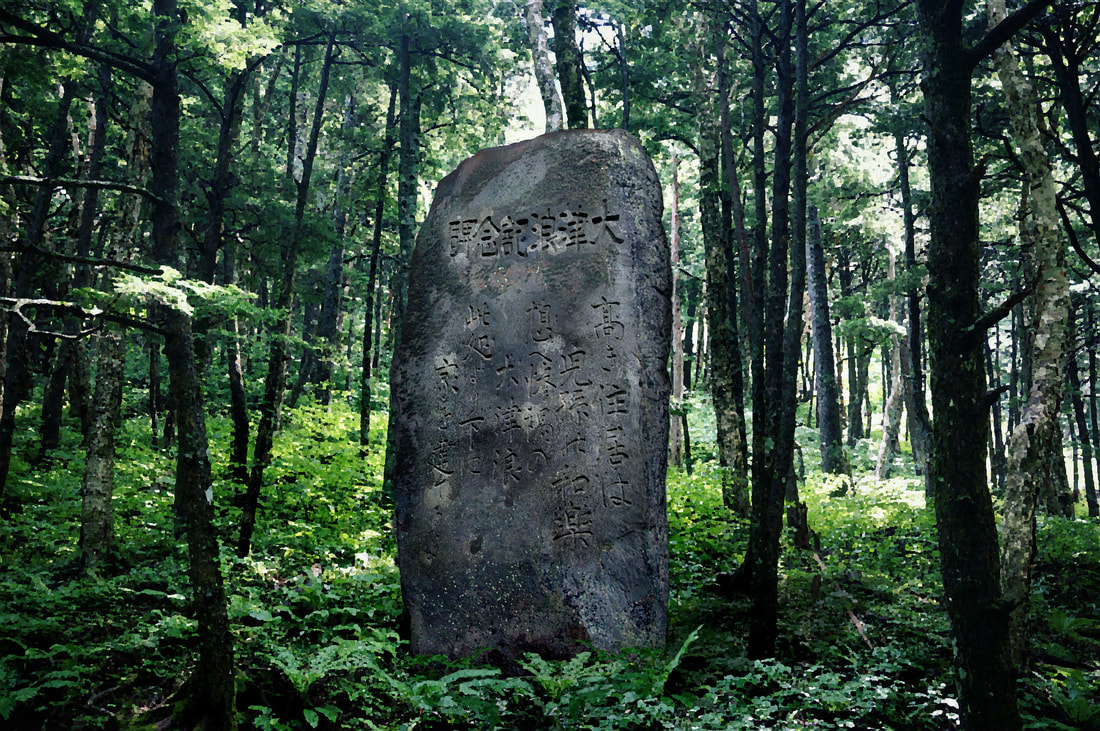

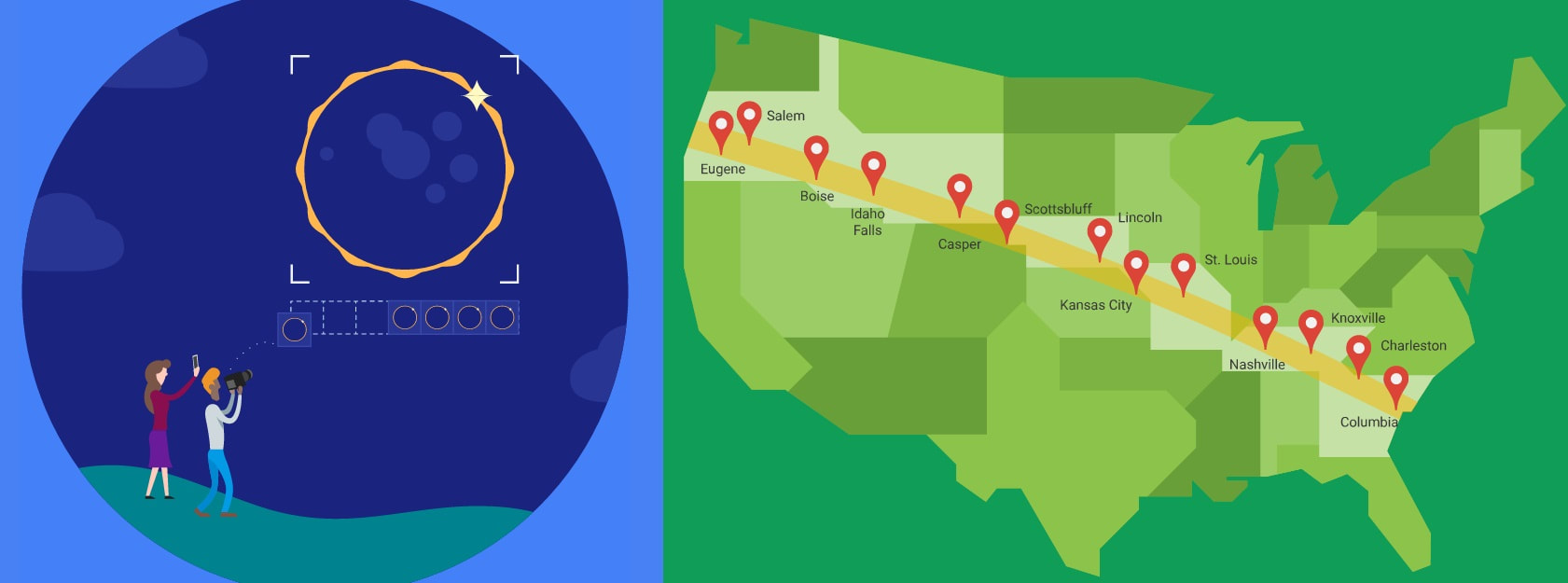
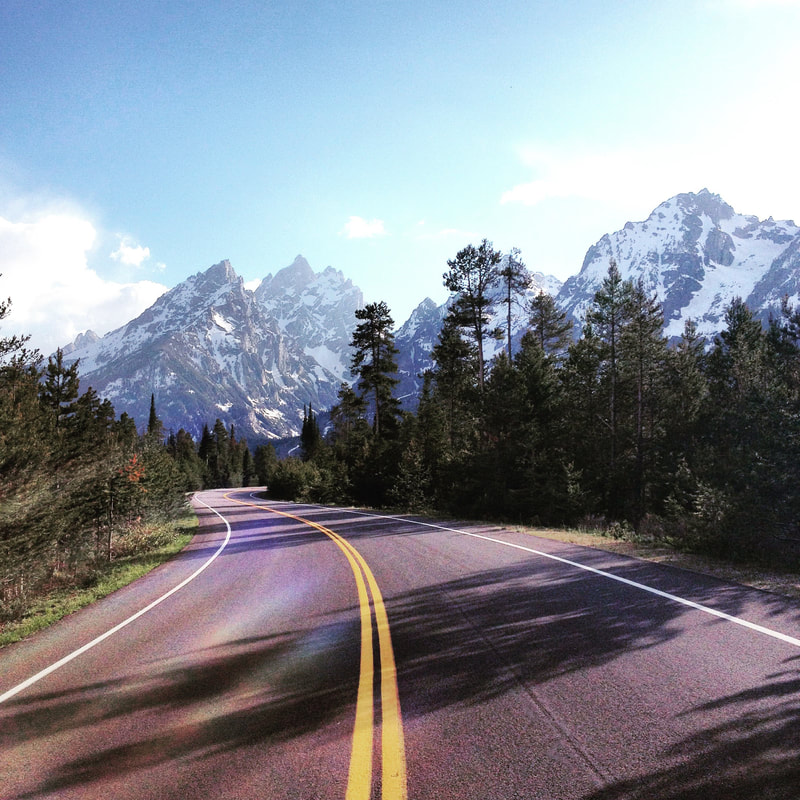
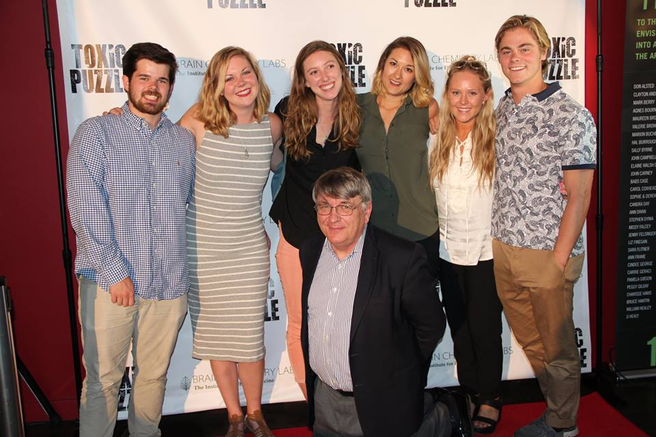
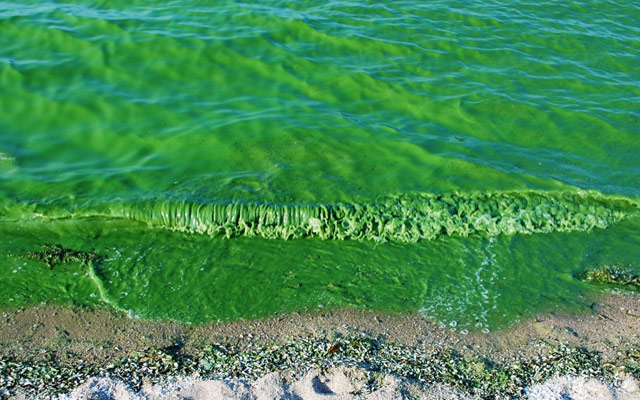
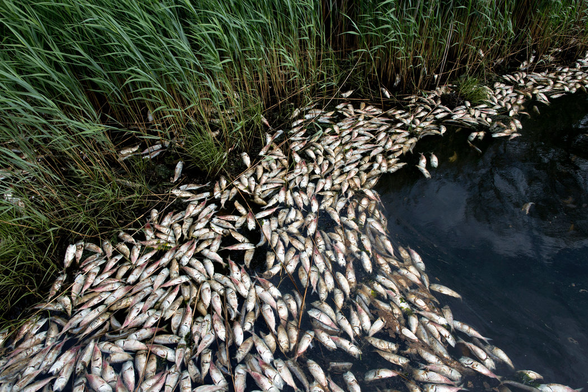

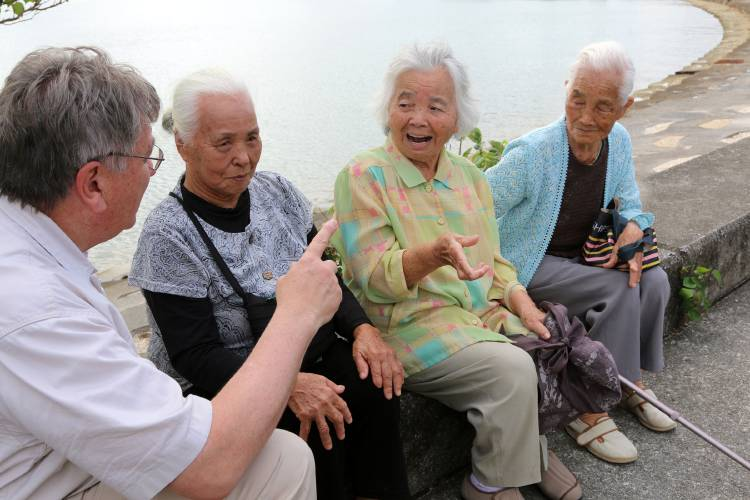
 RSS Feed
RSS Feed